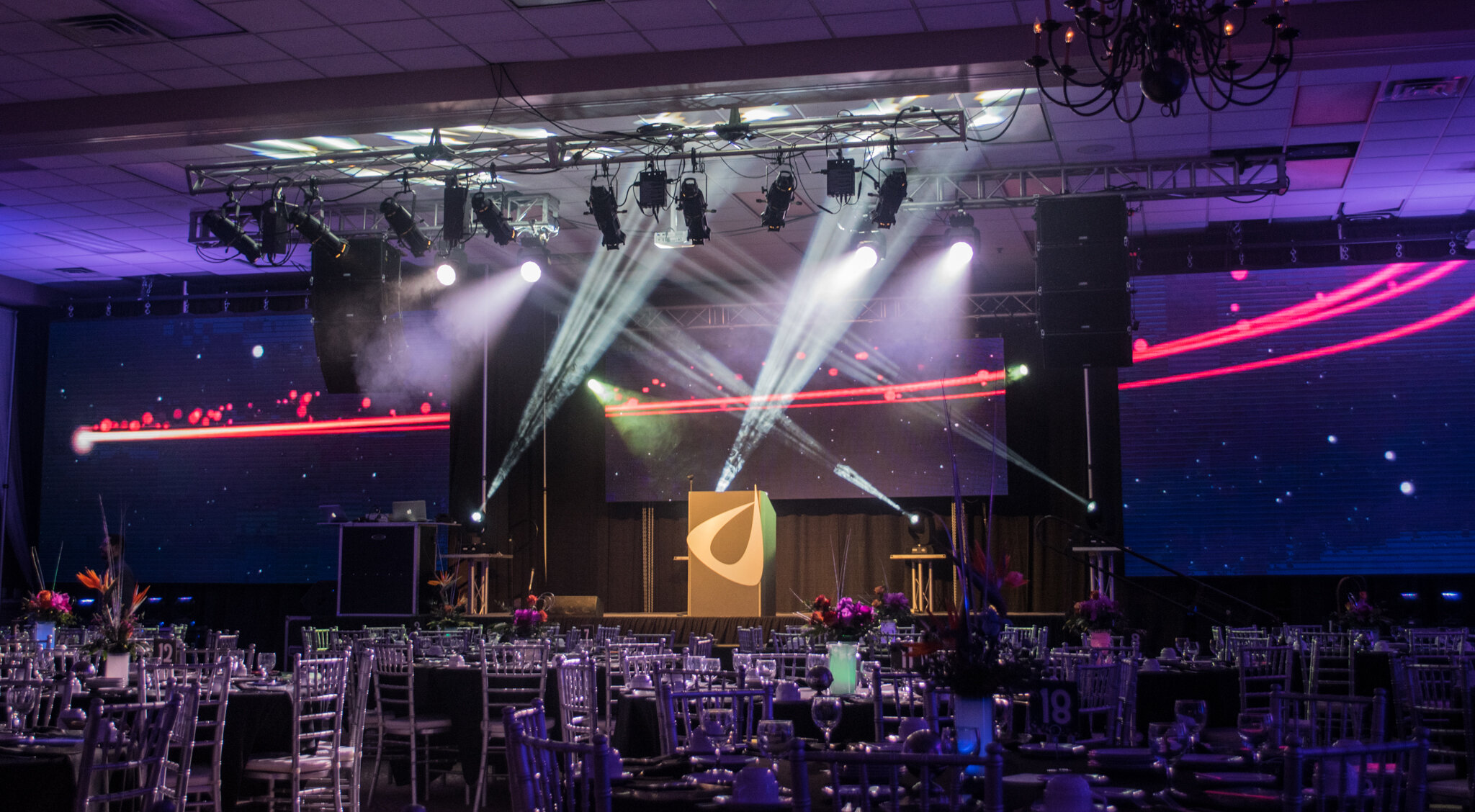Investigating the Advantages and Drawbacks of Fixed Frame and Mobile Projection Screens for All Viewing Occasion
As it comes to enjoying films, presentations, or video games, the type of projecting screen used can significantly influence the watching experience. A couple of popular choices are fixed frame displays and mobile projection displays. Each kind has its unique set of benefits and drawbacks that can influence which option is best for a specific situation. Comprehending these distinctions can help individuals and entities make informed choices about their viewing setups.Stationary projection displays are crafted to be permanently mounted in a particular location. A primary of the main benefits of stationary displays is their capability to provide a flat, even area for projecting images. This evenness guarantees that the picture clarity is sharp and clear, which is especially important for high-definition content. Additionally, fixed frame screens often feature with a black border that enhances contrast and causes the displayed picture stand out more. This type of screen is ideal for home theaters or dedicated presentation rooms where the setup will not change often.
Conversely, mobile projecting screens offer flexibility and convenience. These screens can be readily assembled and dismantled, making them perfect for events that demand movement, such as conferences, classrooms, or al fresco movie nights. Portable screens come in multiple dimensions and designs, including stand and foldable options, allowing users to choose one that meets their requirements. The capability to move these displays makes them a popular choice for people who need to present in various places or for those who do not have a permanent area for a fixed display.
Nonetheless, there are some limitations to each types of screens. Fixed frame displays can be more costly and necessitate expert installation, which may not be feasible for everyone. Additionally, once installed, they cannot be relocated with ease, restricting their application to a single place. On the flip side, portable displays may not provide the same level of image quality as fixed frame screens. They can occasionally have wrinkles or folds that impact the projection, especially if they are not set up correctly. This can be a worry for those who value picture quality over convenience.
An additional consideration to take into account is the space available for the screen. Fixed frame screens require a dedicated space with enough wall area and suitable lighting conditions to optimize the watching encounter. This can be a constraint for those residing in compact houses or apartments. Mobile screens, on the other hand, can be used in multiple environments, from large theaters to cozy sitting areas. This versatility makes them a sensible option for many users, particularly those who take a look at the site here may not have a fixed setup.
In conclusion, each stationary and mobile projecting screens have their unique advantages and challenges. Fixed frame displays shine in providing high-quality pictures and a polished appearance, making them appropriate for specific viewing areas. Conversely, portable displays provide versatility and convenience, making them perfect for mobile presentations and occasions. By considering the advantages and drawbacks of each type, individuals and entities can choose the projection display that best fits their particular requirements and enhances their viewing experience.
